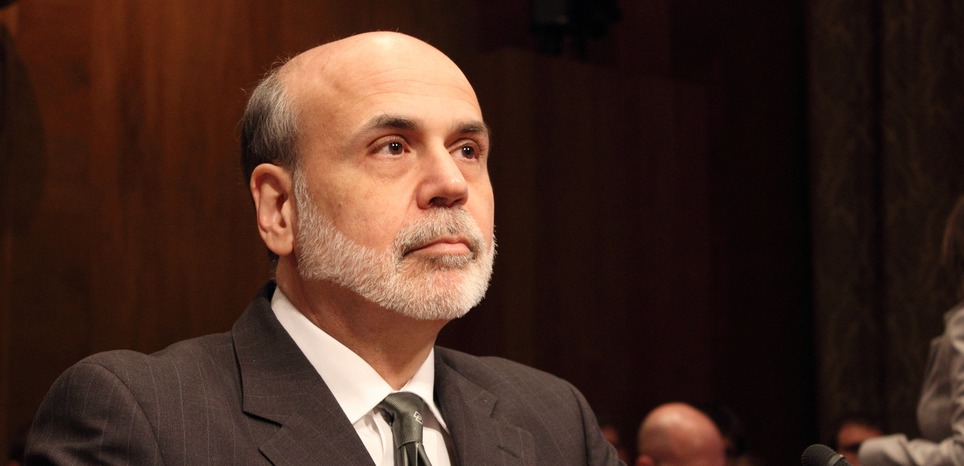The share price of Twitter (TWTR) took flight this week after the micro-blogging service surprised Wall Street by reporting that revenue more than doubled to $312.2 million in the second quarter on a 24% jump in user growth. At the same time, the company posted a $144.6 million loss during the quarter.
E-Commerce Times interviewed Covestor Crabtree Technology portfolio manager Barry Randall about the company’s strategy and outlook.
Down below are expanded remarks from Randall and Charles Sizemore, founder and Chief Investment Officer of Sizemore Capital Management LLC. Sizemore manages four portfolios on the Covestor platform.
Here’s how Randall sizes up Twitter:
Why is growth so important to Twitter? Growth is important to Twitter’s investors because it puts off the need to be profitable and supports the company’s stratospheric valuation. Growth is important to Twitter, itself, because it’s engaged in a battle for mindshare with other social networks like Facebook (FB) and with traditional media sources.
And Twitter’s second quarter provided naysayers with a lot of growth in revenue, monthly average users, timeline views and several other metrics. I was particularly impressed by the 100% annual growth in revenue per timeline view – a strong measure of advertiser satisfaction.
But Twitter’s belief that its user base is under-counted is a universal claim of every media company on earth. For example, magazine publishers have moaned for years that a single copy might be read by hundreds of people in a doctor’s office.
That may be true, but if Twitter wants to join the downtrodden brotherhood of traditional media companies, it should be prepared to be valued like one, not a dot-com bottle rocket.
Why is Twitter so often compared to Facebook? Twitter is often viewed through the prism of Facebook: both are huge, fast-growing social networks. Both are also huge natural monopolies: nobody wants to have to tweet on Twitter along with a bunch of clones.
When ranked by monthly average users, Facebook remains four to five times as large and is already quite profitable. But Twitter, with four straight quarters of accelerating revenue growth, is worthy of the comparison. And with Twitter already getting 80% of its revenue from mobile, it’s already ahead of Facebook.
Is there room for both social networks? There is definitely room for Facebook and Twitter to co-exist. Right now they serve distinct markets, though there is almost certainly an overlap among their users. And there are hundreds of millions of people worldwide who are not (yet) members of either Facebook or Twitter.
But it’s worth noting that it would be fairly easy for Facebook to incorporate Twitter-like functionality into Facebook’s network. But it would be impossible, given the vast trove of Facebook’s user-generated content, for Twitter to offer a Facebook-like experience.
And Facebook is quickly moving forward to next-gen messaging platforms like WhatsApp, which it feels may soon rival its own core offering.
As somebody once said, the Stone Age didn’t end because we ran out of stones. Similarly, MySpace gave way to Facebook only because the latter was just a little bit better (example: the News Feed) in ways that made switching a no-brainer.
Twitter is doing great right now and its outlook is bright. But Twitter’s end may not arrive with the bang of a big announcement, but with the whimper of a couple of tweaks to Facebook’s functionality.
And here’s Sizemore take:
“Twitter released its results for the second quarter and took the Street by surprise, sending shares up 28% after hours. Excluding the effects of share dilution from stock-based compensation, a major bugbear of mine, Twitter turned a profit of $0.02 per share.
Revenue came in at $312 million, beating the consensus estimate of $283 million by a wide margin. And the number of monthly active users (MAUs) rose to 271 million vs. the consensus estimate of 267 million.
Here’s the bad news: Twitter is still not growing anywhere near fast enough to justify its current valuation multiples.
Assuming Twitter generates something in the ballpark of $1.2 billion in revenues this year, Twitter’s stock would still be trading at 24 times sales. Again, that’s sales, not earnings.
That’s even more expensive than Facebook’s 19 times sales, and remember, Facebook is a vastly more profitable company. Google (GOOG), with which FB and TWTR compete for ad revenues and user time, trades for a comparably puny 6 times sales.”
To learn more about investing with the portfolio managers on Covestor, contact our Client Advisers at clientservices@interactiveadvisors.com or 1.866.825.3005. Or you can try Covestor’s services with a free trial account.

